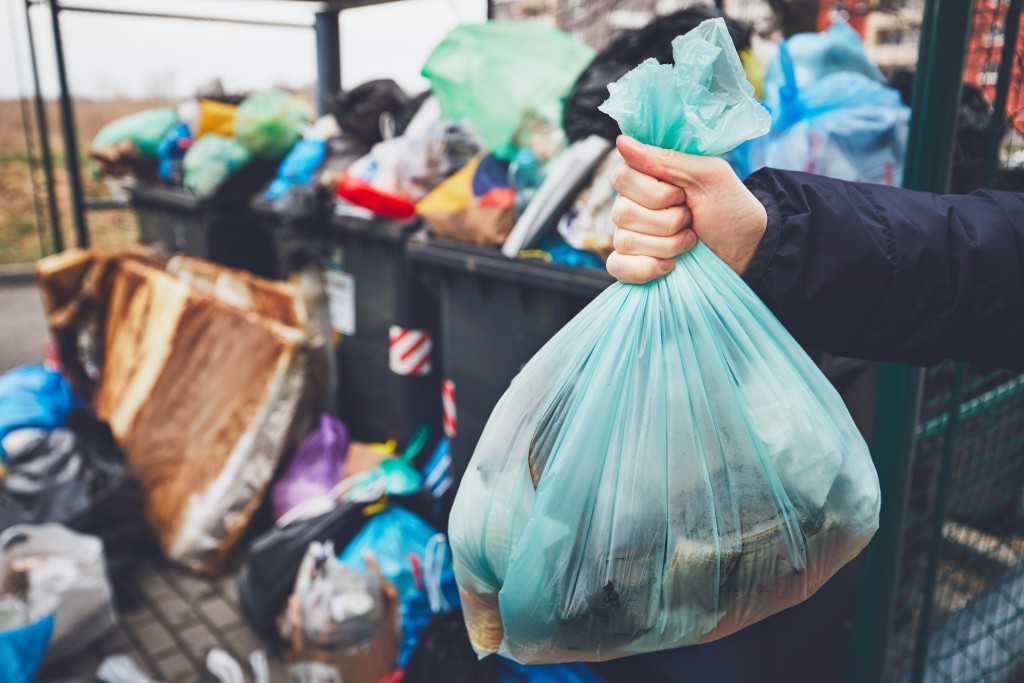Back in 2019, the United States was declared by Verisk Maplecroft as the most wasteful country in the world. The country’s population only accounts for around four percent of the population of the world. And yet, Verisk Maplefort found that the country was responsible for 12 percent of the world’s municipal solid waste (MSW). This meant that each person in the United States produced more than 1,700 pounds of waste in one year. To understand the magnitude of this problem, Verisk Maplecroft reported that the world’s population produces over 2.1 billion tons of waste each year.
Out of the many things to be proud of, of course, this wasn’t one of them. It’s true when we say that every individual must be conscious of the waste that they are producing. And they must also be mindful of how they manage it. But different industries must also do their part. Industries produce different products and offer different services. Thus, their waste also differs. To understand how they can do their part, here’s how the construction, auto, and healthcare industries manage their waste. It’s crucial to look at how they do it because they produce different types of waste.
The Construction Industry
As we all know, the construction industry does these three main things: build, demolish, and renovate. And these three activities are major endeavors. Thus, many materials, tools, equipment, and manpower are involved. According to the United States Environmental Protection Agency (EPA), the construction industry generates two categories of waste. One is solid waste in the form of wreckage, debris, and lead pipes. The other is chemical waste in the form of used oil, acetone, methylene chloride, and many others.
The construction industry manages its waste in many ways. They start with solid waste by looking for disposal bin rentals to gather and transport wreckage, debris, and lead pipes. But not everything goes to the trash. Some of them are recycled such as asphalt pavements, gravel, and clean wood. Instead of just throwing these away, they are used for other projects. As for chemical waste, the construction industry follows a careful procedure. The workers must acquire the proper training to identify the hazardous waste and know how to store and transport them to a waste management facility. Institutions such as the Environmental Health and Safety at the University of Florida oversee this entire process.
The Auto Industry

Much like the construction industry, the auto industry also produces much solid and chemical waste. A lot of materials, tools, and equipment are involved in the production and transportation of vehicles. And once an individual isn’t able to use their car anymore, it’s basically one huge hunk of junk sitting in their garage. But the auto industry is changing its ways so that they can reduce, reuse and recycle more. Rather than ending up with heaping unusable cars sitting in garages, they are changing their ways from within.
The auto industry starts with building cars by using renewable resources. For example, Toyota has been using polyurethane foams that are based on soybean to fill up the cushions of the car seats. With this material, the company is using bio-renewable materials. Another common thing that car companies do is recycling materials such as steel. Even if only 80 percent of a car can be recycled, that still helps a lot in their waste management.
The Healthcare Industry
Unlike the previously mentioned industries, reusing and recycling in the healthcare industry is a huge no-no. Even if people reuse something as simple as a face mask is already a huge risk. But before this could cause much unnecessary alarm, the World Health Organization (WHO) stated that about 85 percent of the waste produced by the healthcare industry is non-hazardous. But the remaining 15 percent is considered infectious, toxic, or even radioactive.
However, WHO also shared that waste management is not always properly conducted in the healthcare industry. There are about 16 million injection procedures done every year. But many of the needles and syringes were not properly disposed of.
But many hospitals and other healthcare establishments are improving their waste management system. They are practicing proper segregation. They are opting for autoclaving, chemical treatment, or other safe and environmentally-friendly procedures to properly manage hazardous waste.
Again, it would help a lot if each individual in the country properly manages their waste. But it would help even greater if each industry does their part, too. Knowing how some industries do it will help and encourage others to do the same. Yes, the United States is no longer the most wasteful country in 2020. But this doesn’t mean we have to stop our efforts now.

